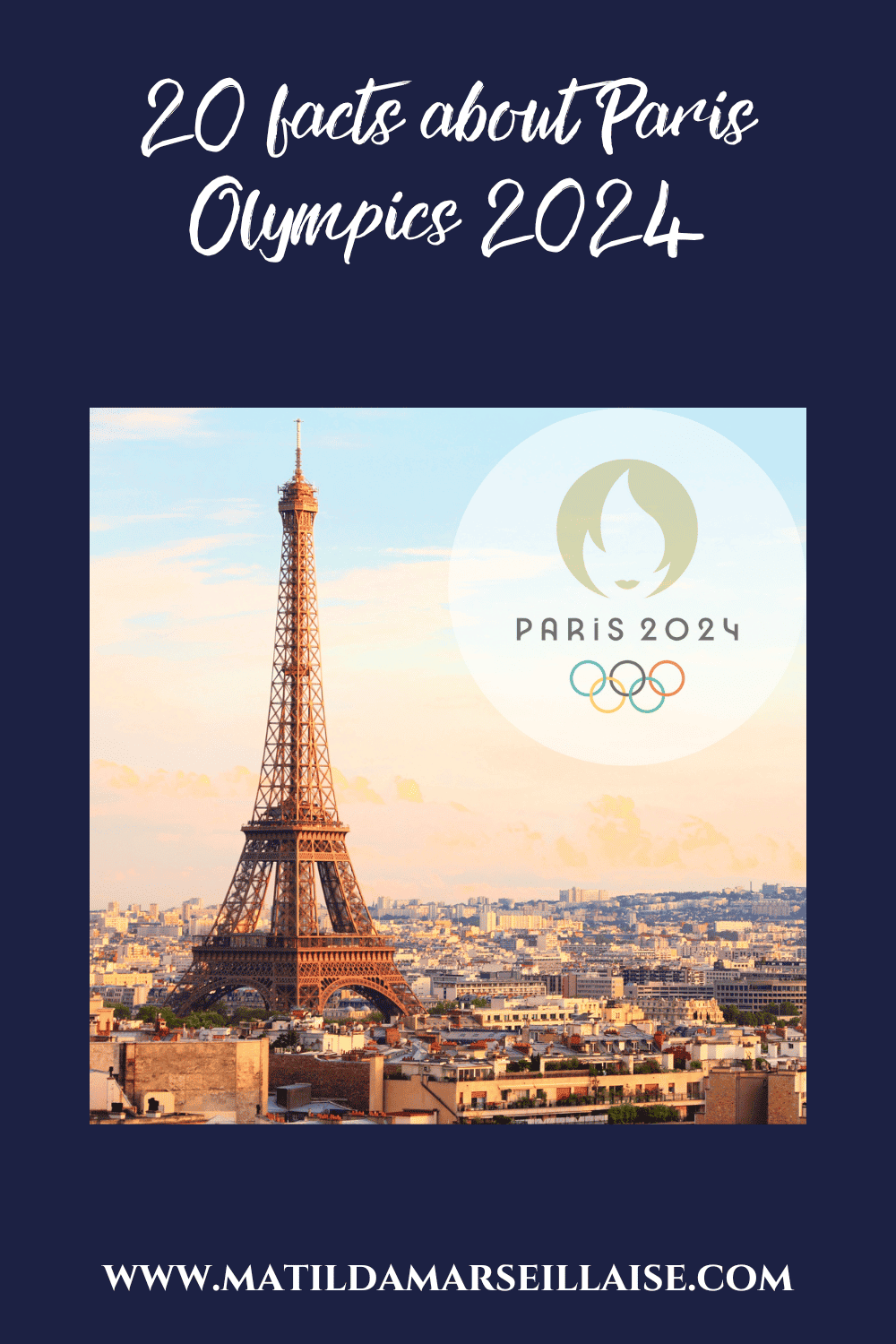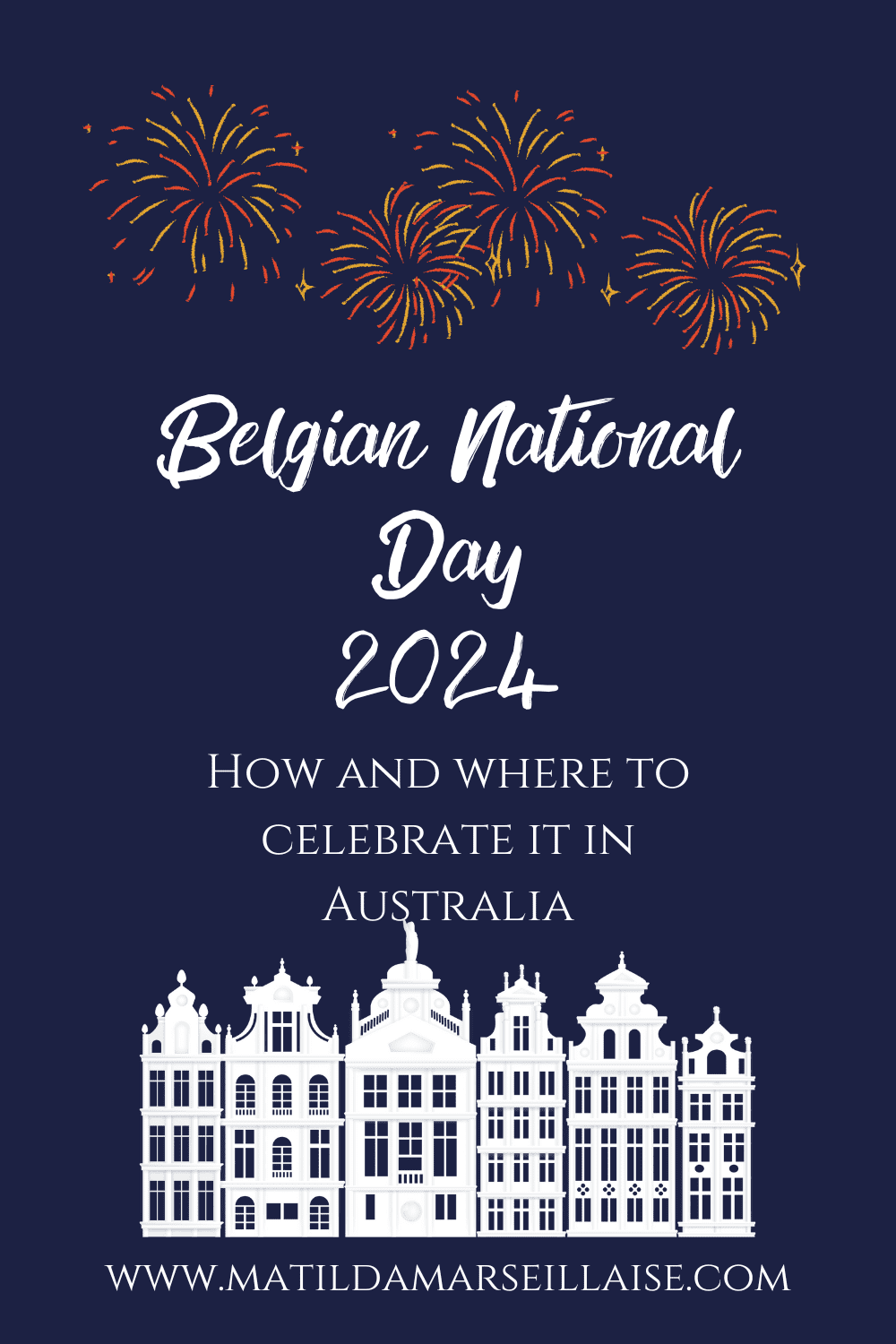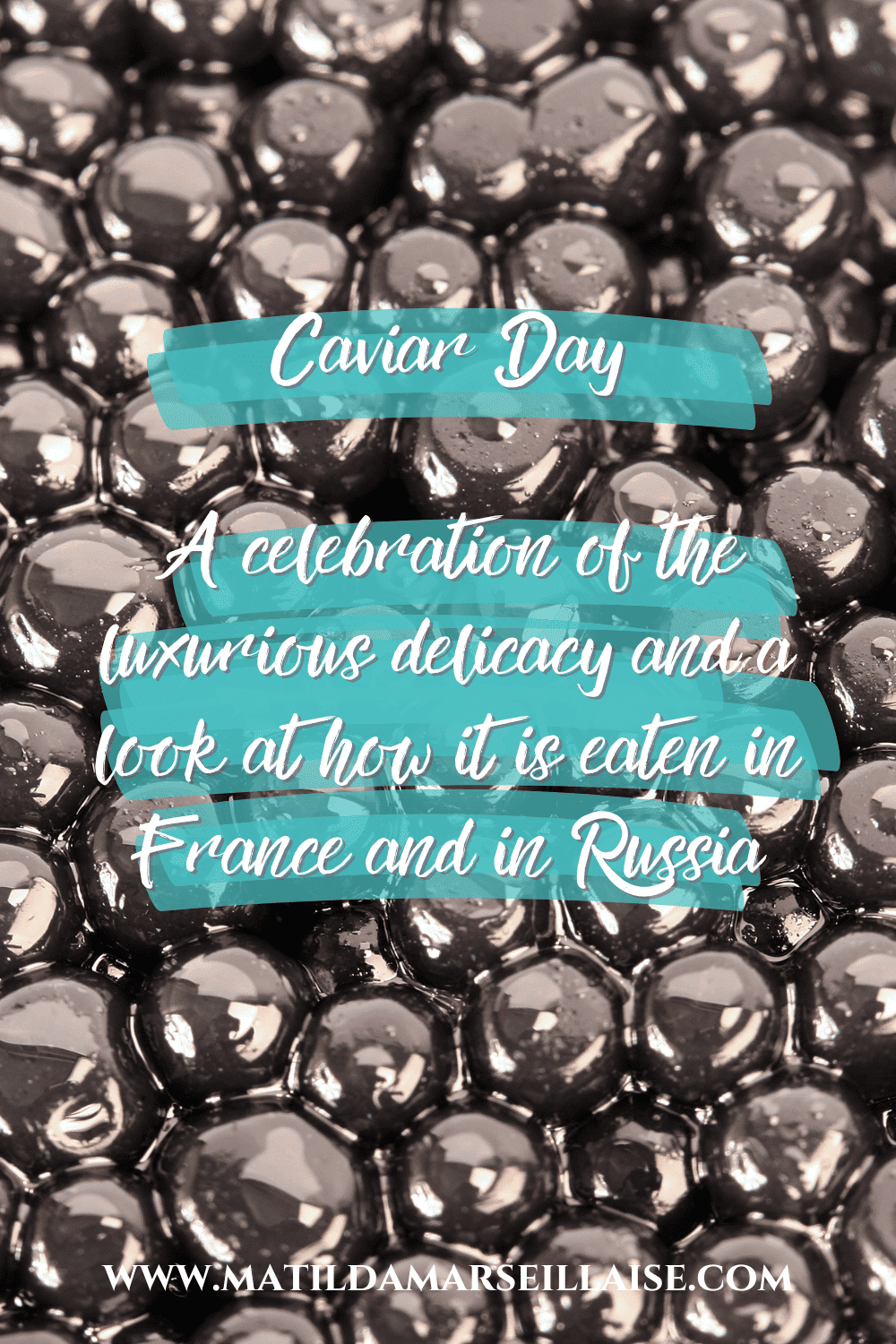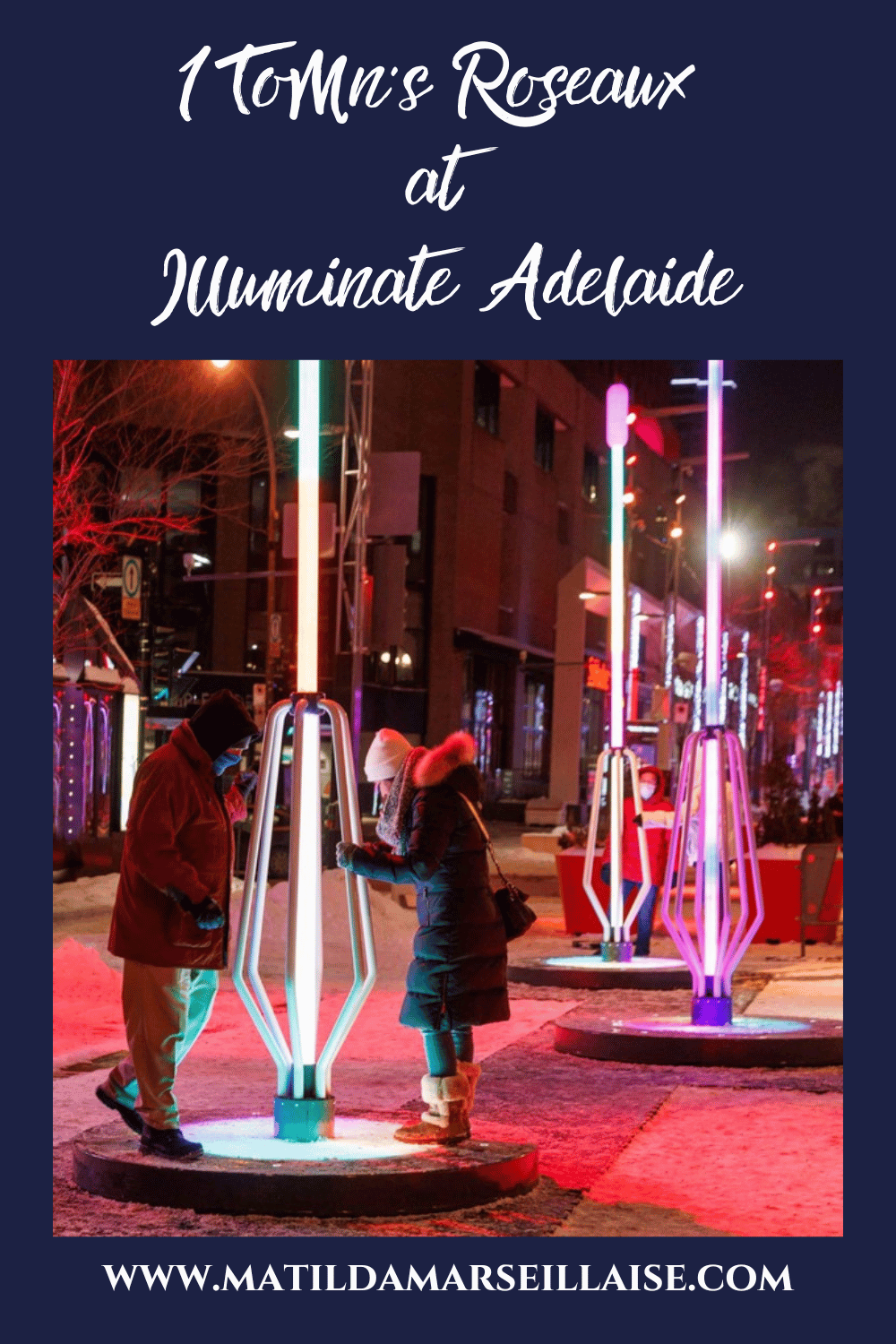Create4Adelaide is a participatory project of the Adelaide Festival that began last year. It follows on from the first Create4 project, which took place in Glasgow at COP26. The French company Sabir is behind these two projects. We talk to Théo, Pierre and Laureline, the Sabir team, about Create4Adelaide and the exhibition of artworks created for this project.

So Théo, you’re the co-founder and Pierre, you’re the other. You set up the agency in 2019, I believe. Why did you set up the agency?
Théo: Yes, that’s right. Late 2018, early 2019. We set up the agency because we were both working together before in other professional roles. In fact, we left both our jobs at the same time and Pierre got a job offer to work on urban planning and regional attractiveness. And I was offered a job working on the Olympic Games for Paris 2024.
It was two or three weeks after we’d left our jobs and Pierre and I got together for a drink one evening and I said to him, “You know, I’m going to miss it – the fact that we were writing papers and memos for people who were very different – now we’re really going to specialise, you in urban planning, me in the Olympic Games ” It’s true that I was very interested in all that. And Pierre said to me, “It’s funny you should say that, because I’ve been thinking the same thing.”
And I said ah “okay, that’s funny because I’ve got someone who’s suggested a writing project, but I couldn’t do it on my own. So before we start our respective jobs, are you OK with us both taking on the assignment?” And Pierre said yes, like a wedding proposal; it’s true that it sounds a bit like marriage. So we did it – it was supposed to last two weeks. But in the end, the writing project lasted five months. And finally we gave up the two job opportunities we had and said to ourselves “okay, there’s something for us to do, we both like it“.
And we have a wide variety of fields of intervention and very different themes, because in fact at SABIR we work on projects, a lot on culture. But there’s culture, there’s participatory projects, there’s projects with the Olympic Games after all. There are sports projects, there are more social projects, so it’s quite varied really. And it’s also something that, for the moment, in five years, we’re very pleased with and very enthusiastic about.
It’s not an advertising agency because you do more than that. It’s an agency that manages projects, isn’t it? How do you do that? How do you specify the type of agency?
Pierre: Well, there are two things I’d like to say about the way in which we operate, the scope of our work, the type of tasks we carry out. We say that we’re an agency where we do strategy consulting on the one hand and writing on the other. By writing, we mean editorial content as well as concepts and project ideas. And in fact, this echoes a lot of what Théo was just saying, but in our previous professional lives, we worked more in the public sphere and so with this notion of collective interest, of general interest, at the heart of our work, but more on the side of public policy.
And when we set up Sabir, we wondered how we could continue to consider these public issues, these important issues for the public debate on the environment, on equality, on a whole range of subjects like that, which interested us, but with an approach that started more from the ground up, so to speak, and less from the institutions and major political authorities.
And that’s more or less what we do, which is to support the players – it can be cultural players, players in the sporting world, a whole host of players in urban planning and the urban fabric – on these issues. And that’s often what we try to do with the projects we develop, to bring together worlds that are a little different. That’s what Sabir is, it is a language that was invented by a number of people around the Mediterranean and that enables very different people to communicate. And that’s why we chose the name Sabir. So that’s where we find ourselves in fact, it’s on, we’ll say these major themes around the major issues of our time ultimately, and to see how public and private players, in any case coalitions of players, alliances of players that are a little new, can imagine projects where they will come together on this. And that’s what we’re supporting.

And Laureline, I think you’re an Analyst?
Laureline:
I arrived three years ago and we knew each other from our previous jobs, so for the last three years I’ve been working with Pierre and Théo on cultural projects, particularly on Create 4 Adelaide and before that on Create 4 Glasgow.
But your role is described as an Analyst.
Laureline: But that covers a lot of ground. Working with Théo, a bit of writing as well, a bit of digital communication for Create4 Adelaide. So it’s a word that brings together a whole bunch of different missions,
Théo: Laureline has a lot more skills, but she has one particular skill, which is also why we called her an analyst: she analyses very quickly when we receive documents or other things. She has a very strong capacity for synthesis and analytical intelligence, which allows her to work on the material and then describe it. So that’s why, first of all, she does that, but it’s not the only thing she does, because it’s a small agency, so of course you have to be multi-tasking.
Of course, so let’s move on to Create4Adelaide now. From what I understand, the first project of this kind was in Glasgow in 2021 and it was your idea at the outset.
Pierre: Yes, in fact, what happened was during COP 26 in Glasgow. We were already working on these issues, and we were thinking about how we could bring these themes together. There are three key themes in these projects. There is, of course, the creative and cultural aspect, there is the environmental issue, the environmental emergency, and there is the question of civic engagement, how to empower and engage citizens, and how to enable people to grasp these issues, particularly how to enable young people or the younger generations to speak out, to express themselves on a subject that concerns them more than directly and that concerns their future, that concerns us all, that concerns their future.
The COP is a scientific event, a diplomatic event, a highly institutional event, and for some years now, like many of these major events, there has been an educational component to them. But we didn’t really see how this major event, which was going to enliven the city for a few days, a few weeks – it’s very intense, and suddenly everything is turned upside down – was going to leave a real legacy for the people of Glasgow. And that was our starting point.
The starting point for our thinking was how to go about it. Of course, there were educational programmes. There were, for example, schoolchildren in Glasgow, and students that year had a lot more courses on the environment, and so on. But how, beyond accumulating knowledge, were they given the means to express themselves in the long term, to have an experience that would enable them to build something for the future?
And have you run Create4 in any other cities before Create4Adelaide? Or are there others coming up?
Théo: No, so it’s not official yet and we’re waiting for feedback, but there’s certainly another city in America that would be very interested, but it’s not really set up yet.
So Create4Adelaide, has really come to Adelaide directly from Glasgow. We are the second city to have this project.
Théo: Exactly.
The Create4Adelaide project started last year. The schools, the students I think, had workshops on the subject of climate change. And now the first part of the Create4Adelaide project has come to an end and there’s an exhibition in Adelaide, with the best works created for the project and voted for by the public.
Theo: So best, I don’t know. Well, I don’t know, but the ones that speak the loudest. Because in the end, it’s a long journey really, Create4Adelaide, Create4Glasgow, it was the same, very long. As Pierre says, he’s right, it’s all about managing to make a lasting impact, so that there’s a profound change. And of course, it’s great if 1 million people know about something. But it’s also true that we think it’s just as good if there are a few thousand people committed to the cause. And that’s the real change.
So it all started a year and a few months ago with the survey. Pupils in secondary schools voted for the three local priorities that they considered to be the biggest battles, the biggest threats, that they saw coming or that were already here because of climate change.
We then built up the partnerships, of course with the schools and with a number of the festival teams who were very involved and very committed to the project. They succeeded in proposing, of course, to logical partners, I would say for example the Botanical Gardens, that might be logical, but others much less so for us, much less logical. And that’s what was good about it. Foodland supermarkets are part of this approach and we’re not here to Greenwash a company or not, that’s not the objective.
On the other hand, having the opportunity to draw on the strength and visibility of these people also allows us to make a deeper commitment. And that was very, very important for us. And then there were the workshops with the artists.
Before that, the children presented their priorities to Andrea Michaels, who received the priorities that young people in Adelaide and the region had voted for. As a result, all the workshops, the opening of the Open Call, the participation in this Open Call was quite broad. And then after the selection – which is why I don’t really like to say the best – it’s the ones that are the strongest, the ones that are most likely to really make an impact because they are very accurate and because they make sense and mean something. That’s more what we tried to do.
Pierre: And perhaps just on that point, we’d like to stress that we hope and wish that this isn’t just a creative project with a nice exhibition. Of course, we’re happy when the works are beautiful, but really, this is a project that aims to give a voice to a generation in the public space. That’s why it was important, to remind you that the priorities had been shared, with Andrea Michaels and so on.
And the idea is that this project, not save the world, we’re not crazy. But on the other hand, that it has a concrete impact, that this young generation can make its voice heard by political decision-makers, and very clearly also by the private sector when necessary. But who is really this intervention entering into the debate?
Creating a work of art for Create4Adelaide was open to everyone, I think, not just students. You could enter the competition from anywhere in the world and at almost any age?
Laureline: There were even entries from young French and British people. But it was above all the local community in Adelaide that was very involved in the schools, but also young people who had heard about it from their parents, either at events or through partners, who created a work and were selected.
And in fact, sometimes it’s as if we’ve planted a small seed and it’s taken on another dimension. For example, there was one school that didn’t have a workshop with an artist, but in fact sent in 100 pieces of work on protecting the reefs. The children spontaneously said to the teacher, “We want to tackle this issue because it concerns us very directly.” And they launched into this quite impressive creation.
Did the Australian children have really Australian concerns about the environment, about the future, which affects us more here than elsewhere?
Laureline: Yes, in particular there are a lot of works that deal with the issue of bushfires. For example, a Montessori school produced a large installation showing the consequences of a bushfire. Other pupils took up the question of animals that needed protecting. So that was one of the main issues, and so was protecting the reefs, which is really unique to Australia.
Théo: Not at all in Glasgow !
Yes, it’s a bit different!

Théo: That’s another important point, because for us, there’s an important element in these projects and we always have to be very vigilant about it. We don’t pretend, and we don’t want to, but we don’t pretend to know how young people in a particular region or country are going to mobilise and on which subjects.
On the other hand, we are somewhat convinced that by being informed, by proposing a project with a little commitment and by thinking creatively about how I take up this issue with my local issues in the region, then yes, normally, I can have the feeling that this project is, in fact, important and it belongs to me. And that was also important for us. It belongs to me [the participant] because we’ve never been to Australia before.
But you’re coming, for the Create4Adelaide exhibition, I think.
Théo: That’s right, in February/March, we’re coming. It’s the same with Glasgow. We went to Glasgow once, so I can’t claim to know the habits, priorities or reading habits of society and young people in Glasgow or Adelaide. On the other hand, with certain activations, certain tools and certain narratives, then yes, we can in principle adapt something with relevance.
Pierre: And I think that’s what Théo says is important. It’s important for us on the Sabir side, but I think it’s also important to emphasise that we’re lucky enough to be working hand in hand with the Adelaide Festival, and that the Adelaide Festival are people who work, who know Adelaide, who know Australia, and they’ve had the intelligence, the courage and the audacity to adopt the same approach.
In other words, they didn’t pretend to know what the young people of the region were going to think, what their concerns were, but they also agreed, in the end, to give up a little power and simply to set up a framework for young people to express themselves and not to try to control or keep power. And that doesn’t mean that we’re a few thousand miles away, which seems quite natural, but even they, on the spot, have agreed to take that gamble.
For the Create4Adelaide artworks, there are two parts: the problem that’s there to be solved, but normally they also have to try and find a solution. And have there been any solutions that you haven’t already thought of?
Laureline: There have been solutions, sometimes on a very, very practical scale. There was, for example, an artist who proposed a recycled shelter for birds that would allow them to feed. So there have been these solutions on a concrete scale, but there have also been works that in fact sounded such a strong alarm that I think they encouraged us collectively and politically to look for a solution.
Théo: For me, there are two things. There’s the question of birds, there’s a very strong, very telling work that’s been done, but it’s often, and that’s why I say that there’s no certainty on our side, that in fact Create4 is also the beginning of a journey. And the beginning means, I mean, a kind of very humble initiation. But why do I say that? Because two years on, in Glasgow, we’ve seen some pretty strong and very concrete projects to combat noise pollution in the city, for example, or to combat food waste. Two years on, we know that these schools have continued [with the project]. And some young people have continued to think and create.
So I’d say, and this is why I say they’re not the best, that in fact it’s not a six-month competition where there’s Create4Adelaide for the best idea ever. But no, it’s actually already starting to think about this subject, can’t I, locally, small person that I am, think of the beginnings of a solution; maybe there’s that and then three months later. “Ah well, I hadn’t thought of that” and in fact that’s where it’s an ongoing process.
So that’s the seed you mentioned at the beginning. But after the Create4Adelaide exhibition, I saw that there’s going to be a sequel I think, or a next project. You’ll be leading the project too because it says that after the exhibition in March, people will be invited to vote on the subject of the next project.
Théo: Well, that’s for the festival and at the moment it’s Ruth and her team who are running it, so we’re talking to her about it, but she’s really the coordinator.
So there will be a sequel to Create4Adelaide and you’ll be involved too, so to speak?
Théo: Okay. It’s not set in stone, there are no certainties. What is certain is that the festival and its Artistic Director are very committed to this issue, and that the fact of addressing the younger generation and working around creative activism speaks to them, it speaks to them and it’s important to them. So they don’t want to see a Create4 project and then just drop it. They want to carry on. That’s for sure. As to what form…
What is Sabir’s role in the Create4Adelaide project, especially as you’re there and we’re here? It’s creating the topics for the workshops. Is it moreso all of the technical things we see online?
Pierre: Well, there are some very, very different things. I’d say that the starting point is that there are a lot of cultural establishments whose relationship with young audiences is first and foremost to see how to get young people to come to the cultural events that they offer. And that’s a real skill and expertise. But it’s not the same expertise as saying how we address new generations to involve them in a participatory project where they will be active, where they will vote, where they will express themselves artistically. So it’s not quite the same expertise.
So obviously, the festival was already doing participatory projects before, but sometimes there’s a need for support, expertise and simply experience. As we were talking about Create4Glasgow, these are in fact somewhat new projects that are at the crossroads of several themes and several mechanisms.
In fact, we also learn by doing, and we make this experience available, I was going to say, this sharing of experiences, to find out how and when it’s best to involve schools, when we should try to speak directly to pupils without going through the schools, when we should mobilise this or that partner, what’s the right tempo, the right timetable? How do we ensure that politicians feel involved but don’t try to take control of the project?
In short, there are a whole host of questions that need to be answered if we are to successfully move the project forward. And then there’s more operational support, in terms of the website, setting up an interface so that works can be submitted on the internet, and so on. More technical questions.
Sorry, I didn’t mean to minimise your role in Create4Adelaide by asking this question. It was more a question of understanding. Is there anything else you’d like to tell me about the project, the exhibition or anything else?
Théo: It was for us, well, maybe, simply, there’s a difference. There is. And we’ve said two or three times between Create4Glasgow and Create4Adelaide, of course, we’re much further away. So sometimes it was difficult because we had to make appointments at 7am.
Yes, with the time difference.
Théo: It’s complicated, but it’s true that with Create4Glasgow we were lucky enough to have a team and people who were already very involved, but it was much more at a political level. So we had political leaders and administrative leaders. After that, the three of us just kind of threw ourselves into the adventure. In Adelaide, we were lucky enough to have a festival team that was very, very, very involved, very committed, and that tried every time, honestly, very humbly, very modestly, to take it on, to help, to support. And that, it’s true, has been a real pleasure,
It’s true that Ruth has had an influence on this. She is, I have no doubt, very much responsible for this and it’s a real opportunity for us to have had this chance, in a world so far away, to be able to forge such strong links. It’s very precious. It’s very, very unique. And that’s it.
And you’ve already worked a bit with Ruth Mackenzie when she was in Paris at the Châtelet, I think.
Théo: That’s right. We’d worked with her at the time on two writing projects, but it’s true that when she left for Adelaide, we said to ourselves, “Oh well, we won’t be seeing her again for a while“. And when we were writing, we thought about this follow-up and we talked about it, we showed it to Kath Maitland from the festival and to Ruth, and they both said “Oh yes, that’s great, that’s a very good idea“. It’s true that we were, I’d say, doubly happy about that. We’re going to continue the adventure.
—
We’d like to thank the Sabir team for this interview and look forward to seeing the Create4Adelaide exhibition at the Adelaide Festival.
KEY INFO FOR CREATE4ADELAIDE
WHAT: Create4Adelaide, an exposition of works from the participatory project which called for works on the subject of climate priorities and their solutions, which ran throughout 2023 as part of Adelaide Festival
WHERE: Bicentennial Conservatory, Adelaide Botanic Garden,
WHEN: From 10am to 6pm from today, 29 February until 17 March
HOW: No need to purchase a ticket, it’s free and you can visit whenever it is open. More info on Create4Adelaide here
HOW MUCH: Entry is free
MORE ADELAIDE FESTIVAL CONTENT
Artistic Director Ruth Mackenzie CBE chats to us about Adelaide Festival 2024
Tilo Nest plays Mr Peachum in Barrie Kosky’s The Threepenny Opera exclusive to Adelaide Festival
Angélique Kidjo tour to celebrate her 40th Anniversary across Australia and New Zealand






